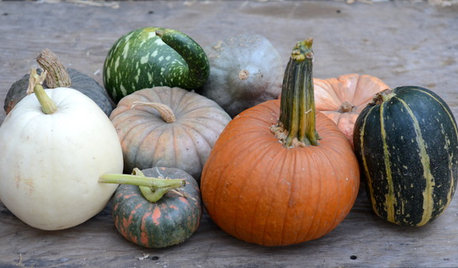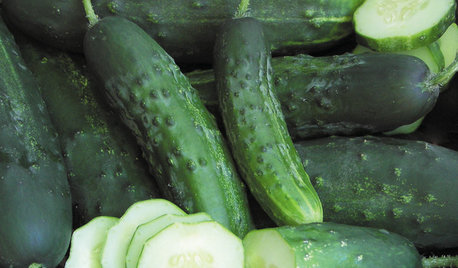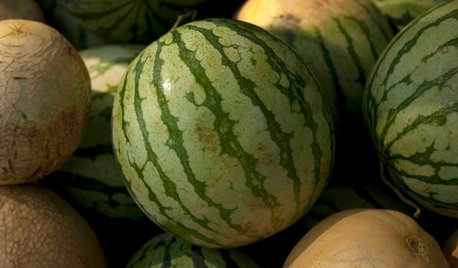Squash Vine Borer Rant
hcoon
11 years ago
Featured Answer
Sort by:Oldest
Comments (34)
Stellabee
11 years agolast modified: 9 years agodfw_gardener
11 years agolast modified: 9 years agoRelated Professionals
Citrus Heights Landscape Architects & Landscape Designers · Fort Lee Landscape Architects & Landscape Designers · Milwaukee Landscape Architects & Landscape Designers · Mountain Brook Landscape Architects & Landscape Designers · Darien Landscape Contractors · Harvey Landscape Contractors · Hollywood Landscape Contractors · Mastic Beach Landscape Contractors · North Richland Hills Landscape Contractors · Pompano Beach Landscape Contractors · Secaucus Landscape Contractors · Wanaque Landscape Contractors · West Coon Rapids Landscape Contractors · Chicago Driveway Installation & Maintenance · Park Ridge Driveway Installation & Maintenancehcoon
11 years agolast modified: 9 years agosrj19
11 years agolast modified: 9 years agoAnne Wolfley
11 years agolast modified: 9 years agohcoon
11 years agolast modified: 9 years agojonfrum
11 years agolast modified: 9 years agobuford
11 years agolast modified: 9 years agoJoe1980
11 years agolast modified: 9 years agot-bird
11 years agolast modified: 9 years agohcoon
11 years agolast modified: 9 years agoJoe1980
11 years agolast modified: 9 years agospatenman
11 years agolast modified: 9 years agohcoon
11 years agolast modified: 9 years agoadc14
11 years agolast modified: 9 years agohcoon
11 years agolast modified: 9 years agojmputnam
11 years agolast modified: 9 years agohcoon
11 years agolast modified: 9 years agoJoe1980
11 years agolast modified: 9 years agosoilent_green
11 years agolast modified: 9 years agokaptainkr
11 years agolast modified: 9 years agozeedman Zone 5 Wisconsin
11 years agolast modified: 9 years agoqbush
11 years agolast modified: 9 years agoJoe1980
11 years agolast modified: 9 years agozeedman Zone 5 Wisconsin
11 years agolast modified: 9 years agoedweather USDA 9a, HZ 9, Sunset 28
11 years agolast modified: 9 years agoltilton
11 years agolast modified: 9 years agozeedman Zone 5 Wisconsin
11 years agolast modified: 9 years agoChristian
11 years agolast modified: 9 years agoChristian
11 years agolast modified: 9 years agoChristian
11 years agolast modified: 9 years agoqbush
11 years agolast modified: 9 years agoqbush
11 years agolast modified: 9 years ago
Related Stories

EDIBLE GARDENSSummer Crops: How to Grow Squash
Almost foolproof and with cheerful flowers, squash comes in a wide range of varieties to plant in spring
Full Story
GARDENING GUIDESJoin Us for a Parade of Pumpkins
Fall eye candy: Get to know 9 winter squash varieties, including Long Island Cheese and Blue Hubbard
Full Story
EDIBLE GARDENSSummer Crops: How to Grow Pumpkins
Start in spring to grow your own fall decorations and have plenty left for pies
Full Story
SUMMER FRUITS AND VEGETABLESSummer Crops: How to Grow Cucumbers
Pick a peck for pickles or opt for fewer and raw — no matter how you slice them, cucumbers are great for summer gardens small to large
Full Story
GARDENING GUIDES10 Easy Edibles for First-Time Gardeners
Focus on these beginner-friendly vegetables, herbs, beans and salad greens to start a home farm with little fuss
Full Story
GARDENING GUIDESOrganic Matters: Thwart Insect Pests With Trap Crops
Add a few sacrificial plants to your garden to lure insects away from the harvest
Full Story
GARDENING GUIDESSmall Carpenter Bees Are Looking for a Home in Your Plant Stems
Provide flowers and nesting sites in your garden for this beautiful, tiny, metallic blue wild bee — your plants will thank you
Full Story
GARDENING GUIDESTexas Gardener's May Checklist
Be especially water wise this month as you sow seeds, tend to your lawn and plant edibles, grasses and flowers
Full Story
GARDENING GUIDESSummer Crops: How to Grow Melons
Drink in the refreshing sweetness of melons from your own garden this summer — they can last well into fall too
Full Story
EDIBLE GARDENSSummer Crops: How to Grow Watermelons
You might not need as much space as you think to get this summer mainstay to spring up in your garden
Full Story






howelbama